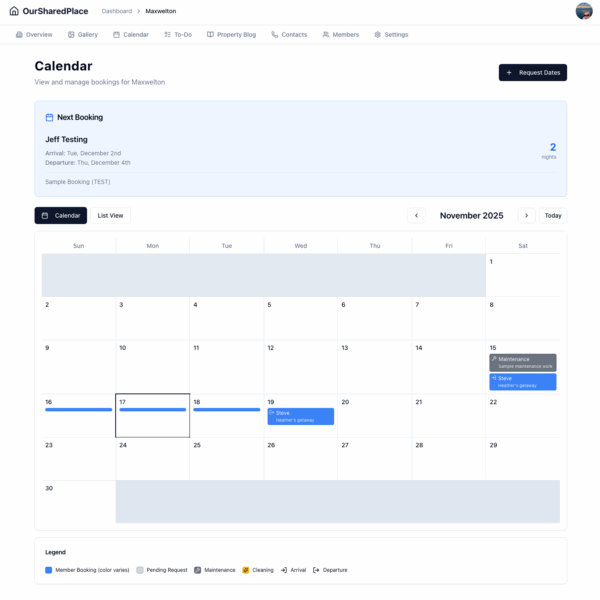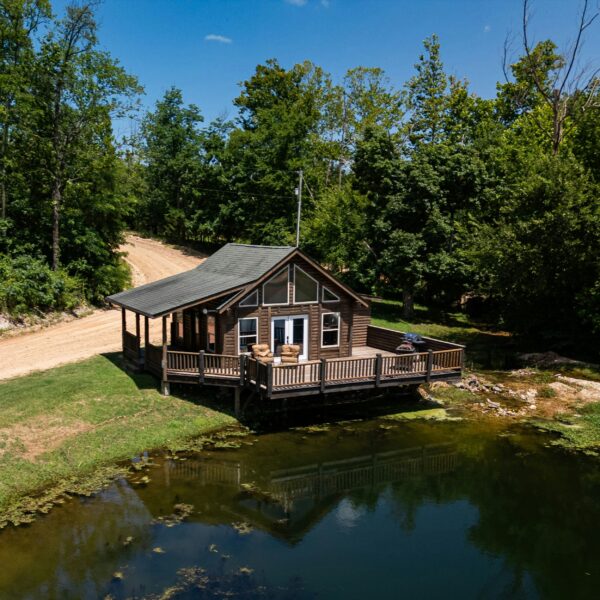Post Grid #7
Simple Digital Solution for Booking Days in a Vacation Home
Steve Murch
Nov 28, 2025
OurSharedPlace makes it easy to manage bookings and how-to articles for your vacation home.
Managing a Vacation Home with OurSharedPlace
Nov 19, 2025
Seattle Brief: Find Out What Seattle’s Talking About
Oct 19, 2025



